Assignment Sale
Explore how assignment sales work in Canadian real estate, especially in pre-construction deals, and what buyers and sellers should watch for.

May 22, 2025
What is an Assignment Sale?
An assignment sale occurs when the original buyer of a property (the assignor) sells their rights in the purchase agreement to a new buyer (the assignee) before the deal closes.
Why Assignment Sales Matter in Real Estate
Assignment sales are common in Canadian pre-construction real estate, especially in hot urban condo markets. The assignor sells the contract – not the property itself – before the original closing date.
Reasons for assignment sales include:- The assignor can no longer complete the purchase
- The property's value has appreciated
- The buyer is seeking a profit before possession
Assignment sales require developer consent and often involve assignment fees, legal reviews, and specific contract clauses.
Risks and considerations include:- Tax implications (capital gains or HST)
- The new buyer assumes all obligations
- Lender approval must be re-obtained
Understanding assignment sales empowers buyers and sellers to navigate pre-construction contracts and take advantage of changing circumstances.
Example of Assignment Sale
An investor assigns their agreement for a pre-construction condo in Toronto, selling the contract to a new buyer for $50,000 more than they originally paid.
Key Takeaways
- Transfers a purchase agreement to another buyer.
- Common in pre-construction transactions.
- Requires builder approval and legal review.
- Can involve tax and financing implications.
- Must be documented clearly in writing.
Related Terms
- Assignment Clause
- Pre-Construction Condo Purchase
- Purchase Agreement
- Deposit
- Closing Date




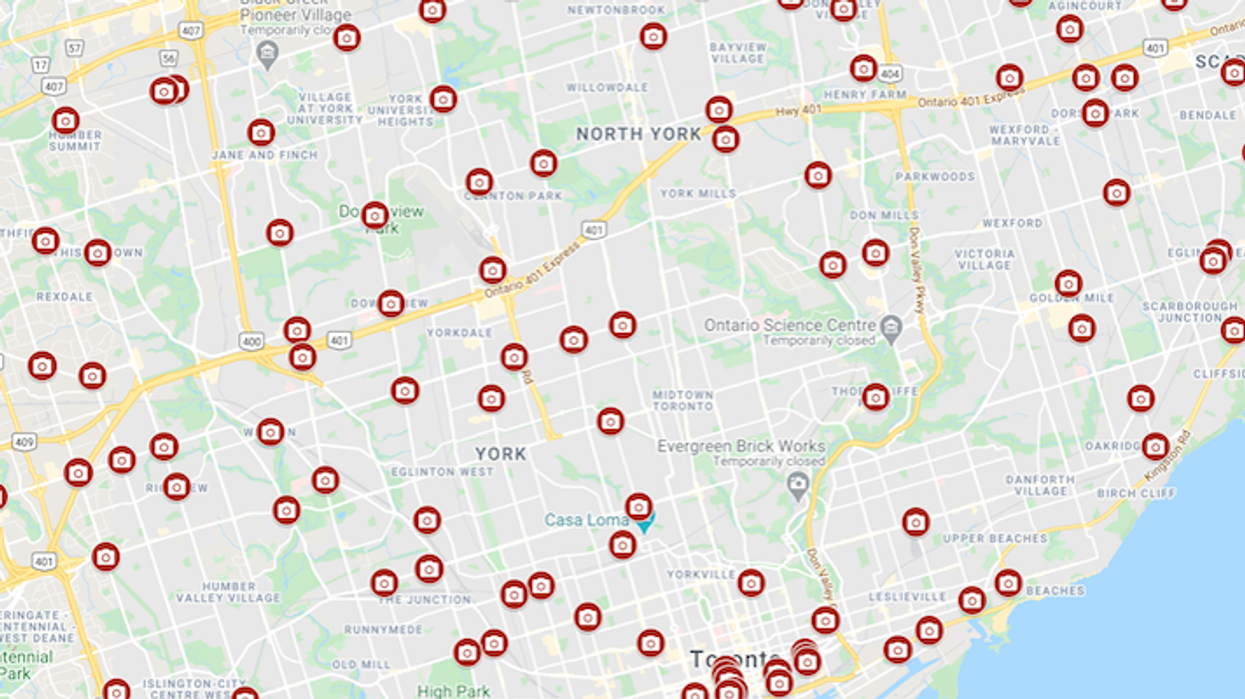

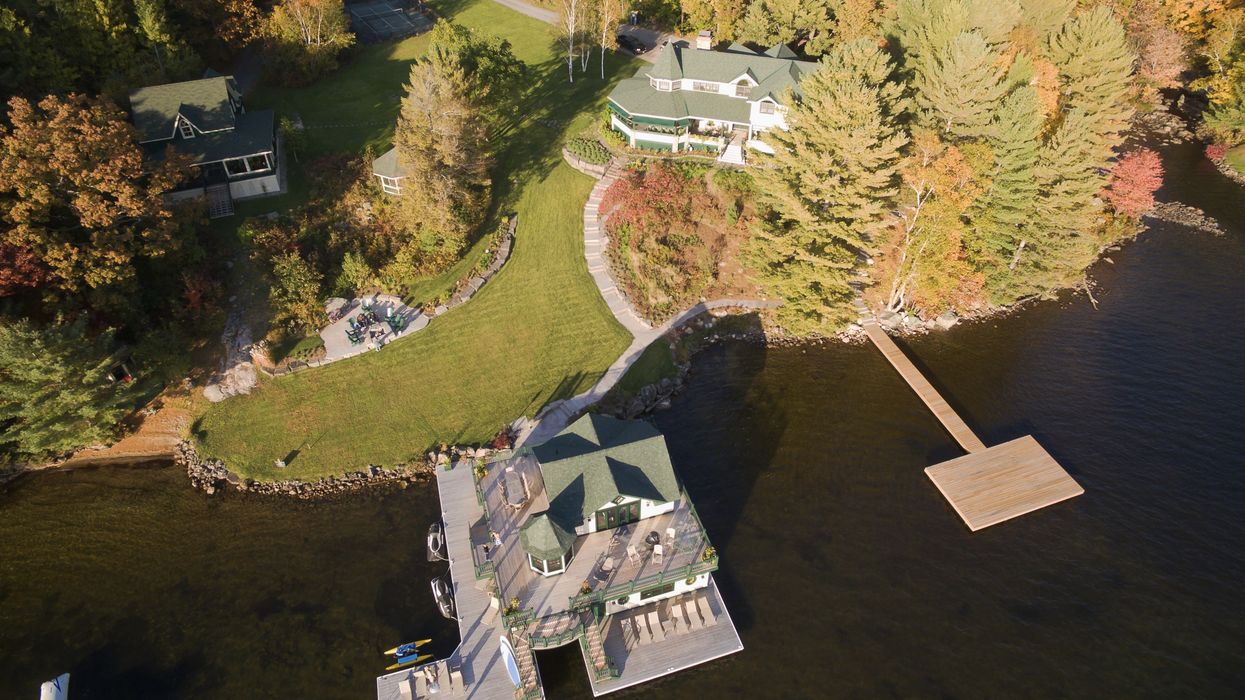
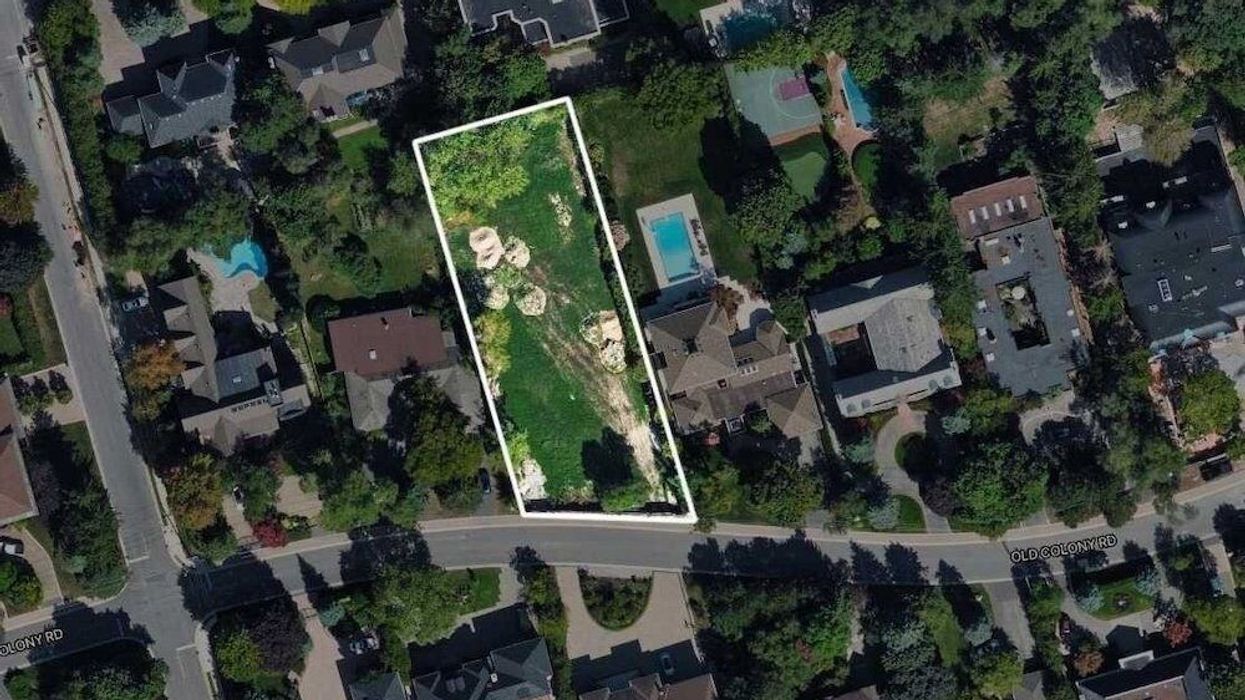




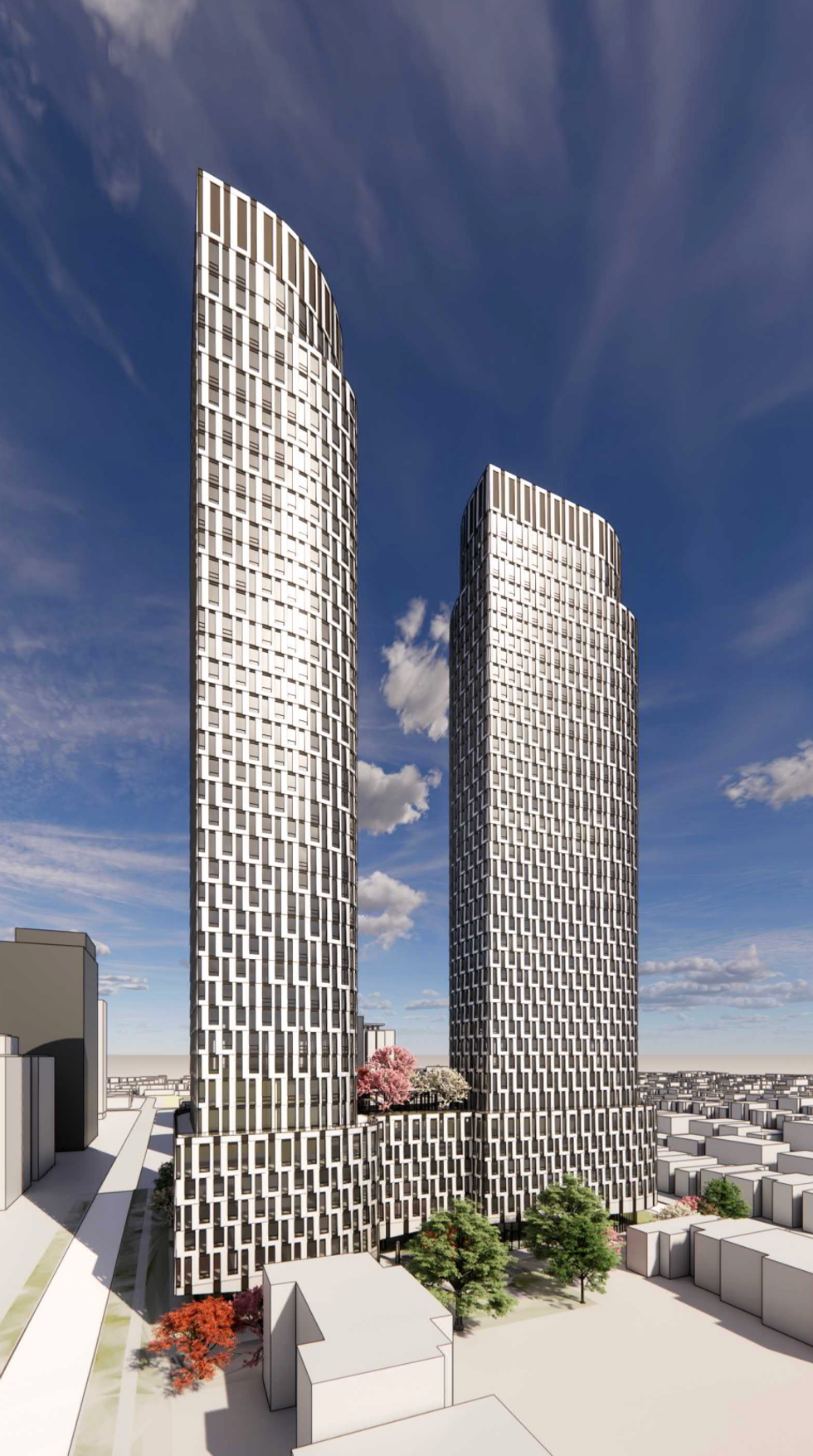
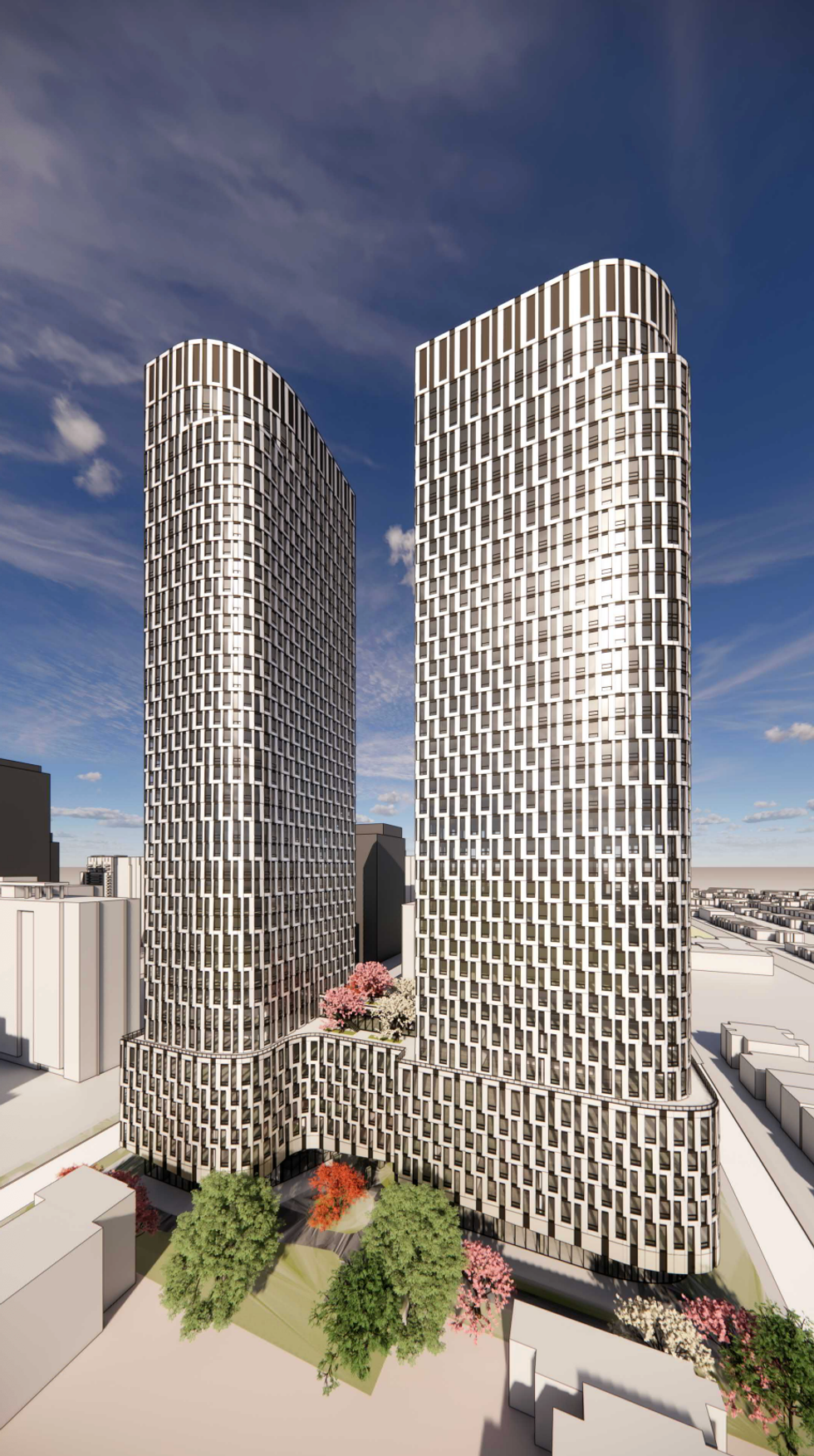
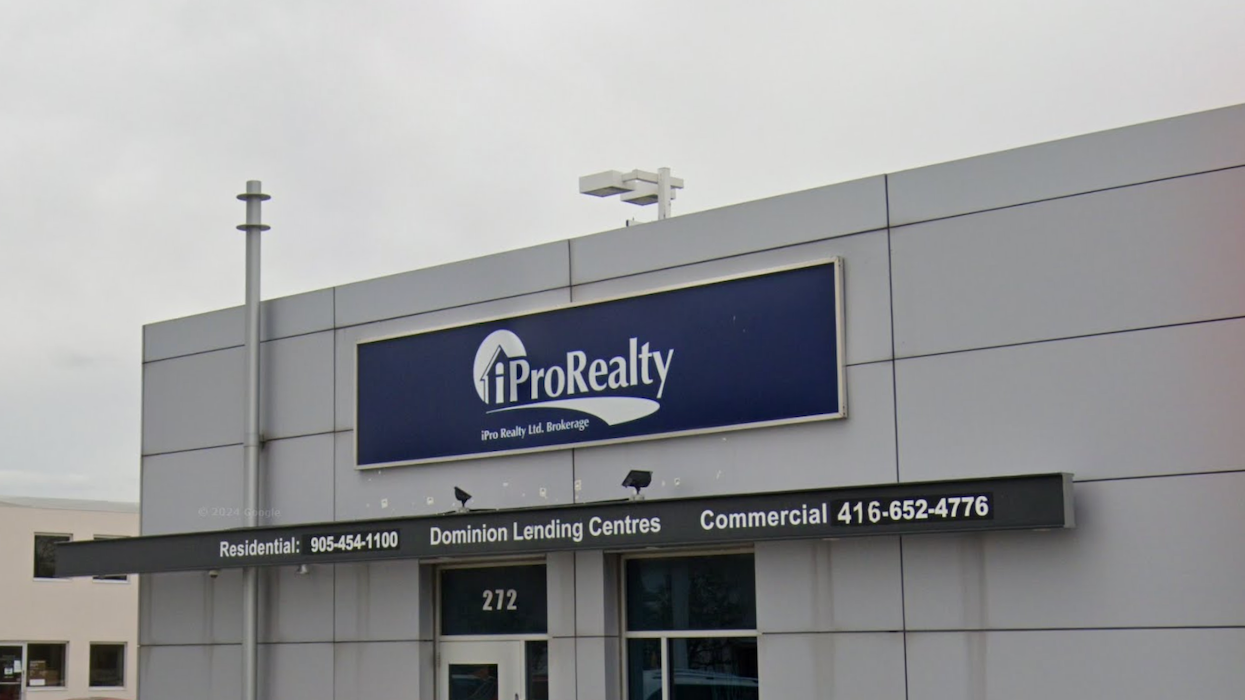

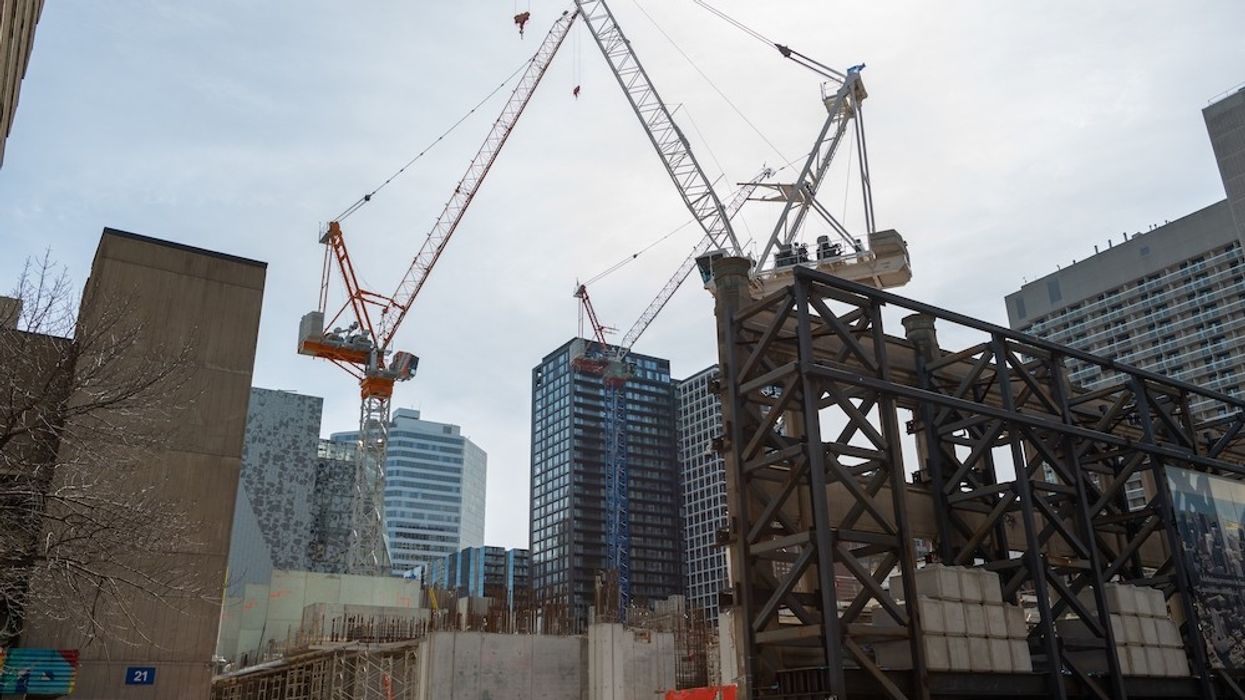

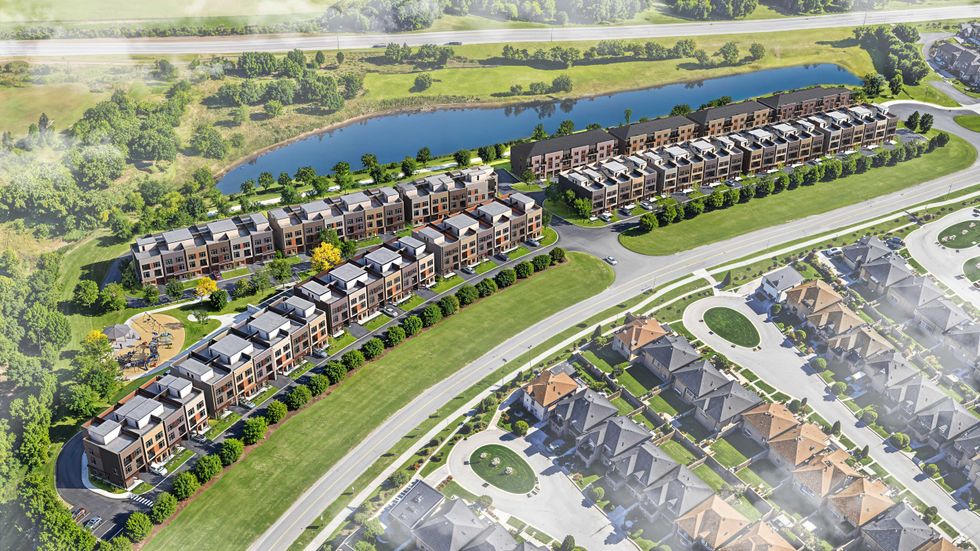 Camcos Living
Camcos Living Shutterstock
Shutterstock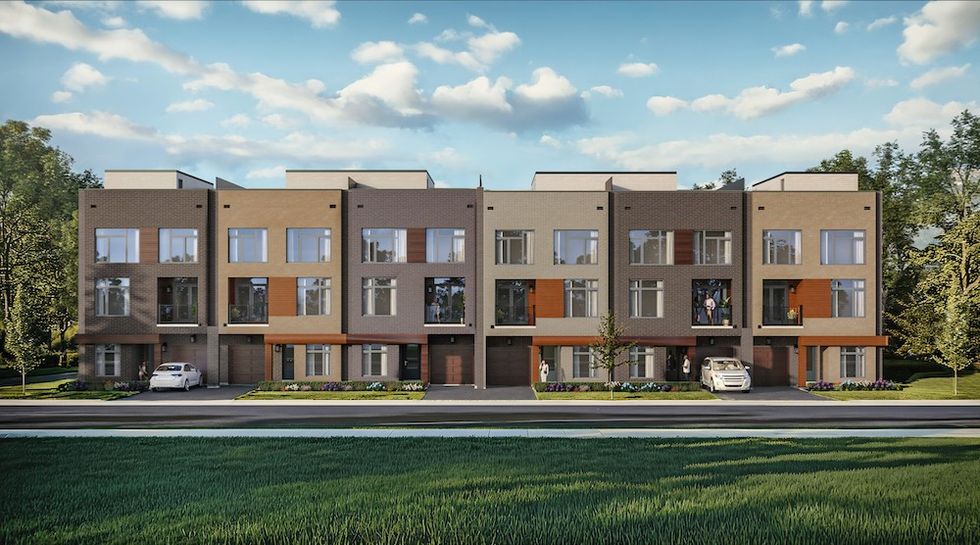 Little Rouge Block G/Camcos
Little Rouge Block G/Camcos Camcos Living
Camcos Living Camcos Living
Camcos Living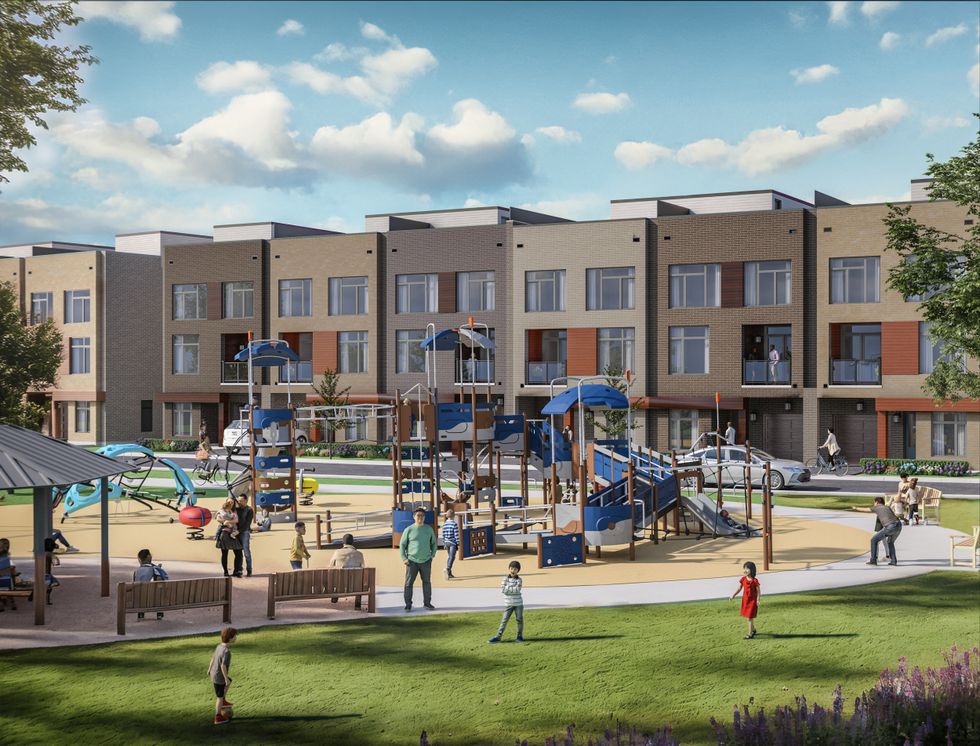 Camcos
Camcos